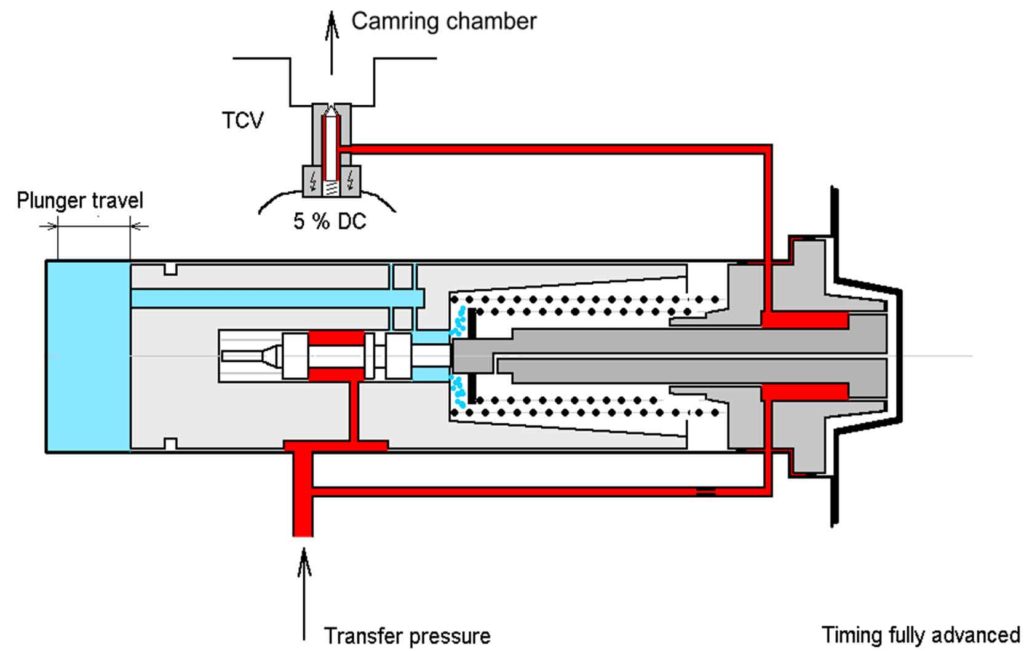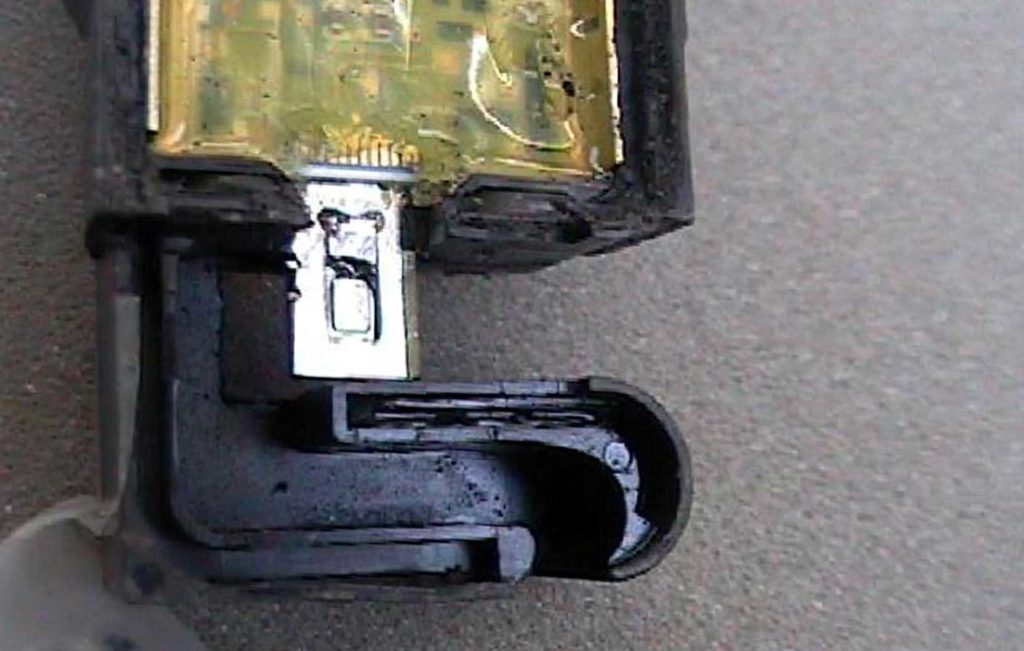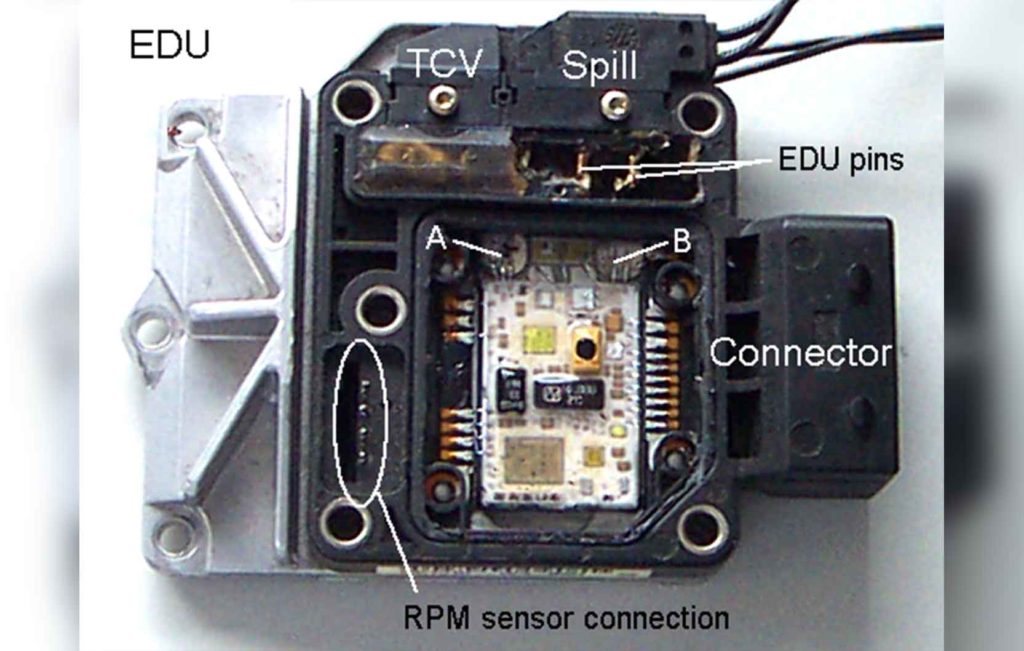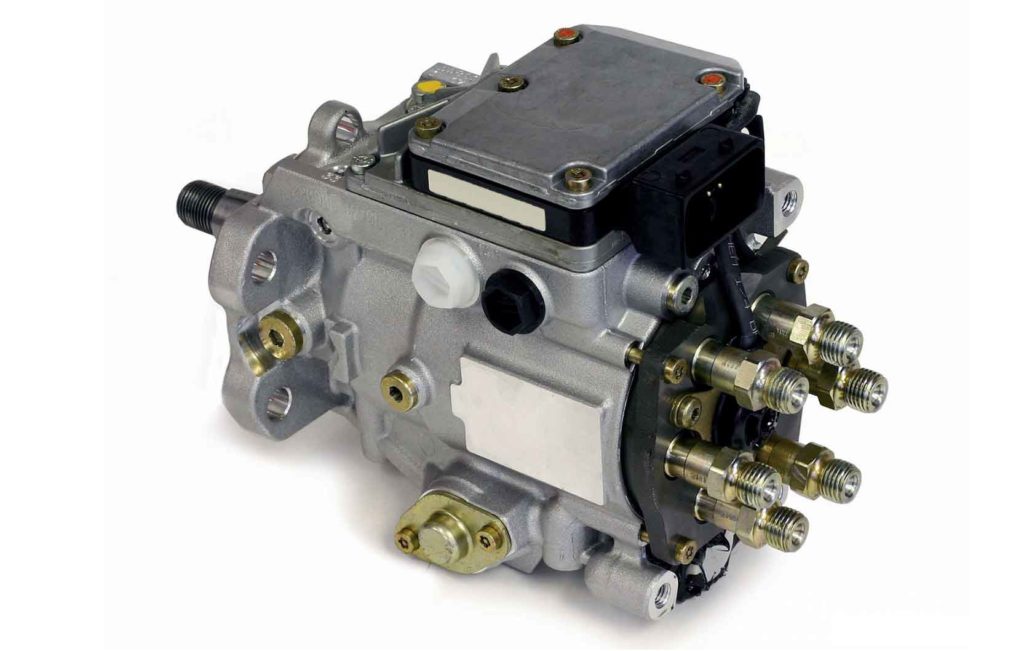PHONE: 06 874 9077 | HOURS: MONDAY-FRIDAY 9AM-5PM
PHONE: 06 874 9077 | HOURS: MONDAY-FRIDAY 9AM-5PM
In this training, you learn about the interrelation of components in the Bosch VP 44 system and engine management from a Nissan ZD30DDTi. We will look at the ECU through to the EDU, including the sensors, actuators, pump and communication. We will show you how to fault find and how to come to diagnostic conclusions accurately and efficiently.

844.00 +GST
Prerequisites: Completed Scan Tool – Level 1 or you are a proficient user of a scan tool.

Overview
In this training, we will do a system overview of in-vehicle components to familiarise you with system and vehicle components.
Temp Sensors
We will look at temperature sensors, electronic hook up to the ECU and internal CPU, various trigger levels, failure effects, injection timing effect, the fault code setting procedure and time delays.
Crank Angle Sensors
We will discuss crank angle sensors and construction, tonewheel lobes and signal relation, signal trigger levels, ECU signal modification to the EDU and its timing deviation effects. Including EDU, crankshaft sensor offset and fault code triggering.
Air Mass Sensors
We will look at the microscopic construction of air mass sensors, common faults and earth offset. Including signal pulsing as a result of a poor turbo. Including smoke map, anti-backflow, common problems and sensitivity, good vs. bad signals that can cause engine damage and drivability complaints. Lastly air mass vs. turbo pressure relation and fault code diagnostics.
EGR
We will show you a six-wire EGR stepper motor, we will share about diagnostics, testing and EGR effects on the engine, signal diagnostics, and EGR control (when on and off).


Startup & Fuel
We will discuss glow plugs and glow control, glow timing in relation to the engine temperature and other factors. This includes looking at the fuel filter water level sensor and how to hook up with diagnostic tools for fault code recordings.
Swirl & Turbo
We will relate the reasons for having a swirl control and discuss diagnostics and common faults. We will teach you further on the variable geometry turbo, its construction, solenoid actuation, adjustments, signal diagnostics and ECU response time.
Intake Manifold & Injection
We will look at the intake manifold shut off valve, its control, hook-up and diagnostics. Including the variable hydraulic engine mount, its chambers, vacuum control, fuel consumption effect and injection timing diagnostic errors.
Aircon
We discuss the air-conditioning compressor clutch control, pressure switches, and temperature switching levels. Including the radiator fan control by the ECU and air-conditioning pressure switches, diagnostics and ECU trigger levels.

VP 44
We take an in-depth look at the VP 44 starting with the electronic fuel injection pump, its construction, and a brief low and high flow overview, its distribution and control. Secondly, we look at the VP 44 spill valve, its construction and 3-stage actuation, signal diagnostics, current draw, overrun signal, its effect on EDU power supply and mechanical diagnostics.
TCV
We will talk about the timing piston and TCV construction, duty cycle control under several circumstances, connection to the EDU, measuring and signal diagnostics. This includes tune-up kit recognition, signal phase offset, TCV actuation with an electronic signal generator for mechanical diagnostics.
Communication
We will deal with Can data bus communication, in-depth signal diagnostics and a look at the schematic overview for quick diagnostics to better understand good and poor signals, we will show you how to measure speed and common problems. This includes the ECCS relay, power supply problems and CAN data bus interruption diagnostics. Lastly, we will discuss serial communication, scan tool diagnostics, live data signal flow, signal speed, good and poor signals and fault code extraction.
Fault Codes
We will teach you how to do fault code extraction without a scan tool, code setting parameters, recordings, fault code lists and code setting parameters, and lastly fault code erasing without a scan tool.
The team at AECS are here to help. Let us know how we can be of assistance.